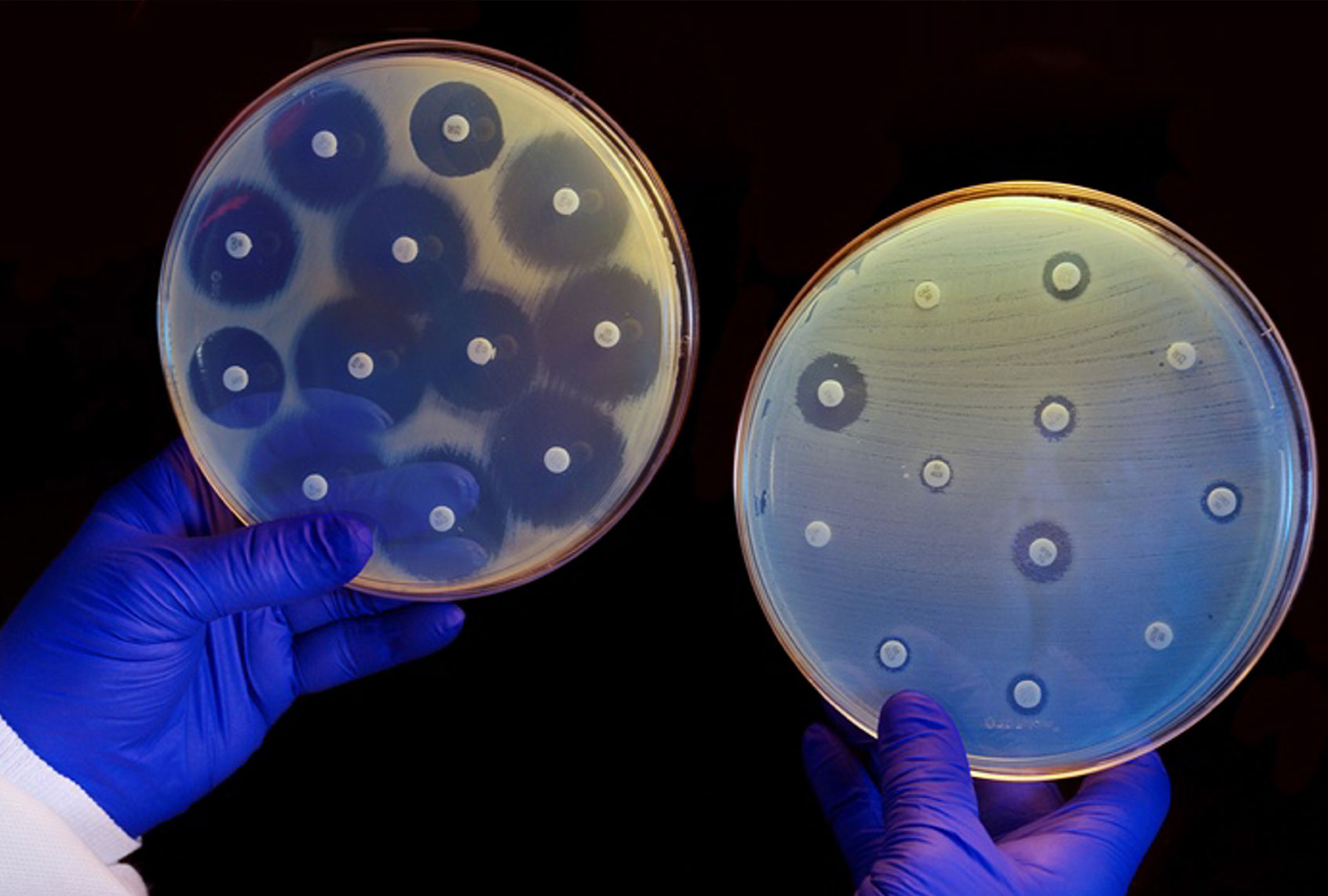Some people would say there is a rhythm to life, but in fact, there is a hum. Beyond visible movements and growth, every living cell emits vibrations known as “nanomotion.” Thanks to a relatively new material, known as graphene, scientists were able to amplify frequencies of such nanomotion, which individual bacteria emit, and reproduce audio recordings. Via an ultra-thin bilayer membrane of graphene — the latest “spyware,” so-to-speak, in a decades-long arms race against antibacterial-resistant “superbugs” — they were able to rapidly distinguish living and deceased bacteria in a laboratory culture.
In other words, scientists were able to “listen” to the sound of a single bacteria, moving all by itself in the water. The recording, which is linked below, is an unprecedented view into the usually-invisible microscopic world.
The recordings came about as a result of an engineering experiment. Investigating nanomechanical applications of graphene at Delft University of Technology, a research team wondered just how sensitive it was. Could a membrane of graphene, for example, detect vibrational forces of a single bacterium?
“What we saw was striking,” Cees Dekker said in a statement. “When a single bacterium adheres to the surface of a graphene drum, it generates random oscillations with amplitudes as low as a few nanometers that we could detect. We could hear the sound of a single bacterium.”
Published in Nature Nanotechnology, their results could prove critical for monitoring infectious diseases. Particularly as antibiotic-resistant infections become increasingly pervasive, “optimizing our weapons to fight” infections has become critical, according to corresponding author Farbod Alijani. The graphene experiment gives new insight into the world of bacteria.
Graphene is a peculiar material with superb mechanical and conductive properties. Essentially a lattice of pure carbon atoms arranged in a honeycomb-like grid, graphene is both the thinnest and strongest material ever created. Pure carbon comprises both pencil lead and diamond, one of the weakest and strongest materials respectively — which goes to show that the arrangement of the atoms determines material strength. Graphene takes advantage of carbon’s tight and strong bonds, as evidenced in how it behaves in diamond, yet comes in membrane-like sheets, as carbon behaves in pencil lead.
Still, unlike pencils and diamonds, graphene has only been around for a little over a decade. While the material is novel, the basic process is not. All audio processing systems, from the human ear to the modern microphone, utilize similar membrane-like receptors to register frequency and amplitude.
RELATED: Graphene, a futuristic carbon material, could change civilization
Graphene’s utility is only beginning to be understood, and when it was invented few could have predicted the substance might be used to fight antibiotic resistance.
“Antibiotic resistance is going to be the next big problem that the global community will face,” Alijani asserted.
In 2019 the CDC reported an average of over 2.8 million infections and 45,000 deaths from antibiotic resistant microbes in the United States alone. The agency issues an urgent warning, calling for more rapid and informative testing methods.
“When a single bacterium adheres to the surface of a graphene drum, it generates random oscillations with amplitudes as low as a few nanometers that we could detect. We could hear the sound of a single bacterium.”
The Netherlands-based researchers believe they have a solution. Collaboration between Dekker’s nano biology lab and Steeneken’s nanomechanics lab has thus far yielded impressive results, running their first experiments with E. coli bacteria.
“We are optimizing our setup, and we are validating it against a variety of pathological samples in clinical isolates of bacteria, not only E. coli,” Alijani said, alluding to ongoing studies. “For instance, pseudomonas is another bacteria that we are working with and some other gram positive and gram-negative bacteria. In a nutshell, it is not something that is only for E. coli, but we can in fact detect this sound for a wide variety of bacteria cells.”
While its exact origin remains mysterious, nanomotion provides a definitive life signature in real-time, which Steeneken called “an invaluable tool in the fight against antibiotic resistance, an ever-increasing threat to human health around the world.”
Want more health and science stories in your inbox? Subscribe to Salon’s weekly newsletter The Vulgar Scientist.
Delivering precise assessments within two hours, their vibrational monitoring vastly outperformed standard lab tests. If the bacteria no longer vibrate, the antibiotic in question did their job as intended. Case closed.
“This is something that could really shift the current paradigm in the way that we are performing our antibiotic sensitivity tests and can make the diagnosis of infectious diseases much faster,” Alijani added.
Typical turnaround times of one or two days in clinical laboratories remain a dangerously slow status quo. Yet broad application of real-time, cell-level monitoring could revolutionize antibiotic resistance testing, begging the question: why did nobody think to listen for signs of life in bacteria before?
In essence, they might have, but recording such minuscule vibrations is no simple feat of audio engineering. Researchers were only able to do so with a thin yet incredibly strong membrane of graphene, against which the force of vibrations were recorded.
It was not until 2010, when the Royal Swedish Society of Sciences awarded Andre Geim and Konstantin Novoselov with the Nobel Prize in Physics for doing what was thought impossible, synthesizing a “thin flake of ordinary carbon, just one atom thick,” which they called “the perfect atomic lattice,” that such a technological marvel became possible.
Read more from Salon on the life of bacteria:

